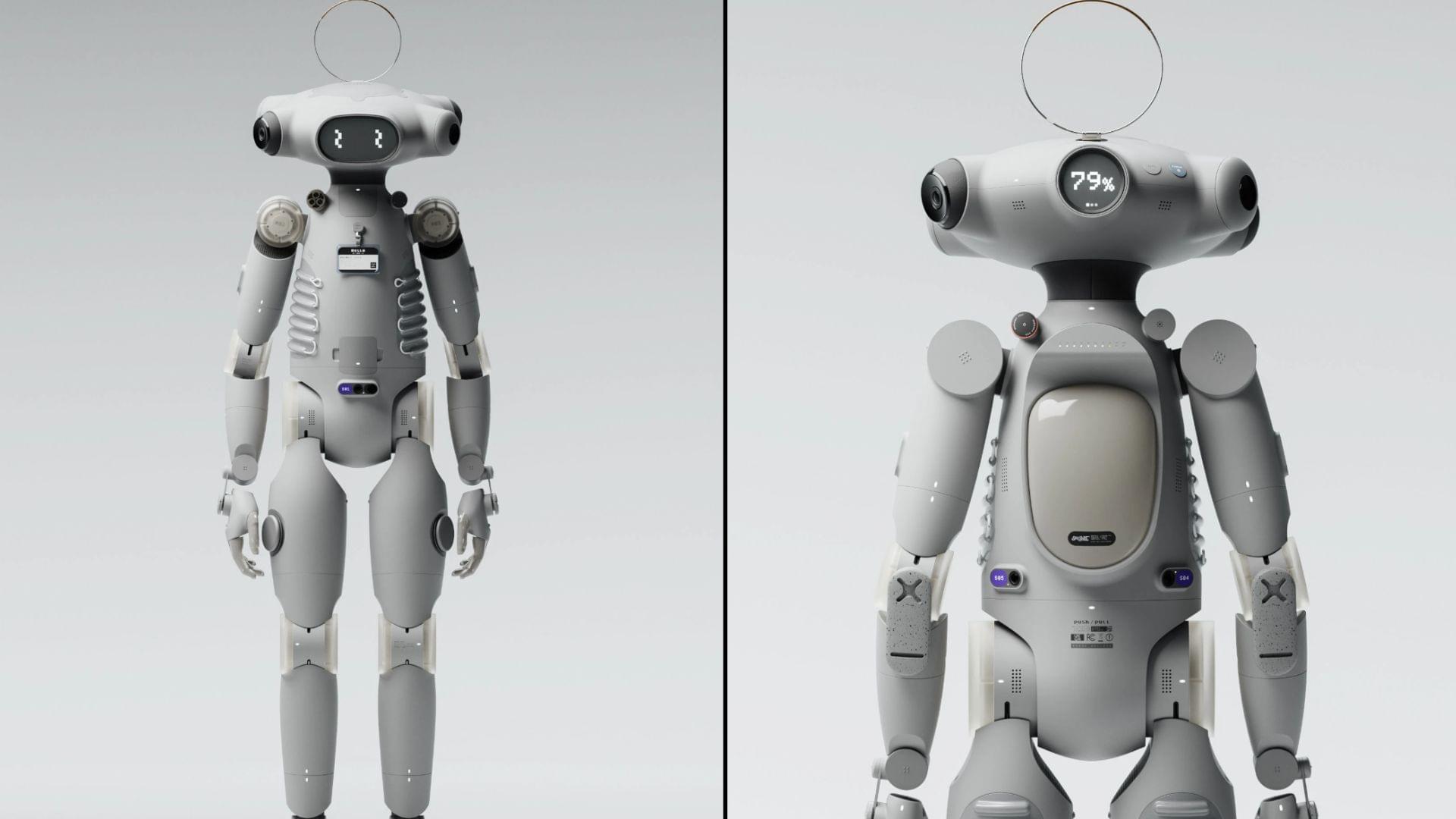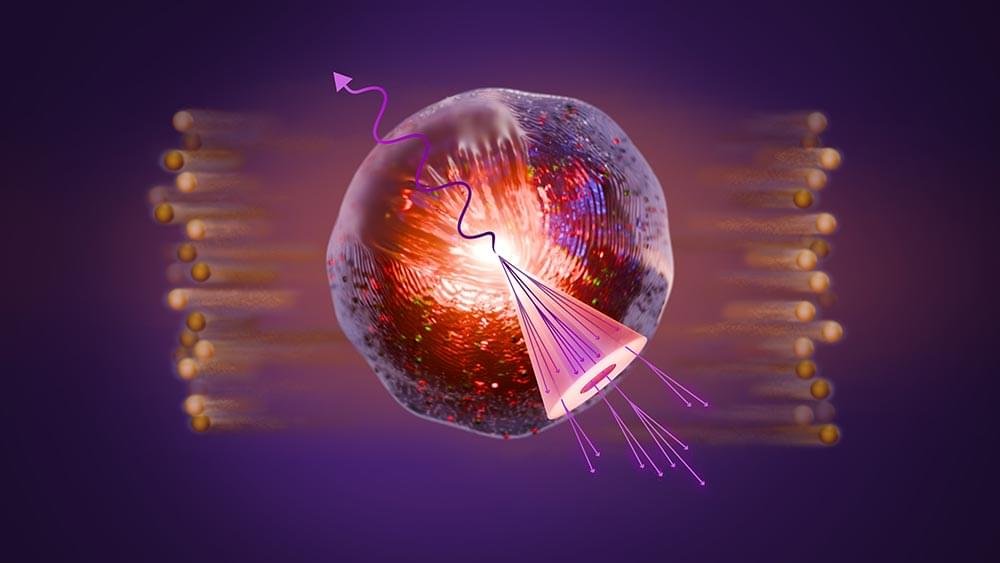The Kriket 3,000 robot uses soft lines and a detailed design to create an approachable, human-like appearance.





Many groups of scientists studying jets at RHIC have focused on a phenomenon known as jet quenching, an apparent suppression of energetic jets emerging from the QGP. The idea is that jets are losing energy through their interactions with the QGP.
RHIC’s measurements of jet quenching to date have focused primarily on the most energetic, leading jet particles, because they are straightforward to measure. However, such leading particles provide only limited insight into the process. The new results from STAR reconstruct a wider correlated spray of particles making up the jets, revealing much more detail about how the QGP is “excited” and responds to the jet — and where the “lost” energy goes.
The new analysis, for the first time, included the reconstruction of jets produced back-to-back with photons.
Also known as “red sprites”, this phenomenon is rarely seen from Earth.

Ryugu is another asteroid for which we have a sample, collected by the Hayabusa-2 mission. Despite their differences, Ryugu and Bennu also share similarities, and Ryugu, too, had plenty of organic materials, simply not as much of them.
Bennu’s parent body seems to have formed from a really different set of materials from across the Solar System, and it might have formed further away from the Sun, too.


A new study led by computer scientists at the University of California, Davis, reveals that generative AI browser assistants collect and share sensitive data without users’ knowledge. Stronger safeguards, transparency and awareness are needed to protect user privacy online, the researchers said. A new brand of generative AI, or GenAI, browser extensions act as your personal assistant as you surf the web, making browsing easier and more personalized. They can summarize web pages, answer questions, translate text and take notes.
Join us on Patreon! https://www.patreon.com/MichaelLustgartenPhD
Discount Links/Affiliates:
Blood testing (where I get the majority of my labs): https://www.ultalabtests.com/partners/michaellustgarten.
At-Home Metabolomics: https://www.iollo.com?ref=michael-lustgarten.
Use Code: CONQUERAGING At Checkout.
Clearly Filtered Water Filter: https://get.aspr.app/SHoPY
Epigenetic, Telomere Testing: https://trudiagnostic.com/?irclickid=U-s3Ii2r7xyIU-LSYLyQdQ6…M0&irgwc=1
Use Code: CONQUERAGING
NAD+ Quantification: https://www.jinfiniti.com/intracellular-nad-test/

Frost-covered regions present the best candidates for the future habitability of Mars and further astrobiological exploration, research into brines shows. Mars, once thought too cold and dry for liquid water, may briefly host salty brines twice a day during certain seasons. These fleeting bursts wouldn’t be enough to sustain humans, but they could have supported hardy life in Mars’ past—and may guide future missions searching for signs of it.
Due to extreme temperatures and the dryness of Mars, it’s thought to be impossible for liquid water to form on the planet’s surface, a critical precondition for habitability. The only hope of finding liquid water appears to be in the form of brines, which are liquids with high concentrations of salts that can freeze at much lower temperatures. But the question of whether brines can even form on Mars has yet to be answered.
Vincent Chevrier, an associate research professor at the University of Arkansas’ Center for Space and Planetary Sciences, has been studying that question for 20 years and now thinks he knows the answer: ‘yes they can.’